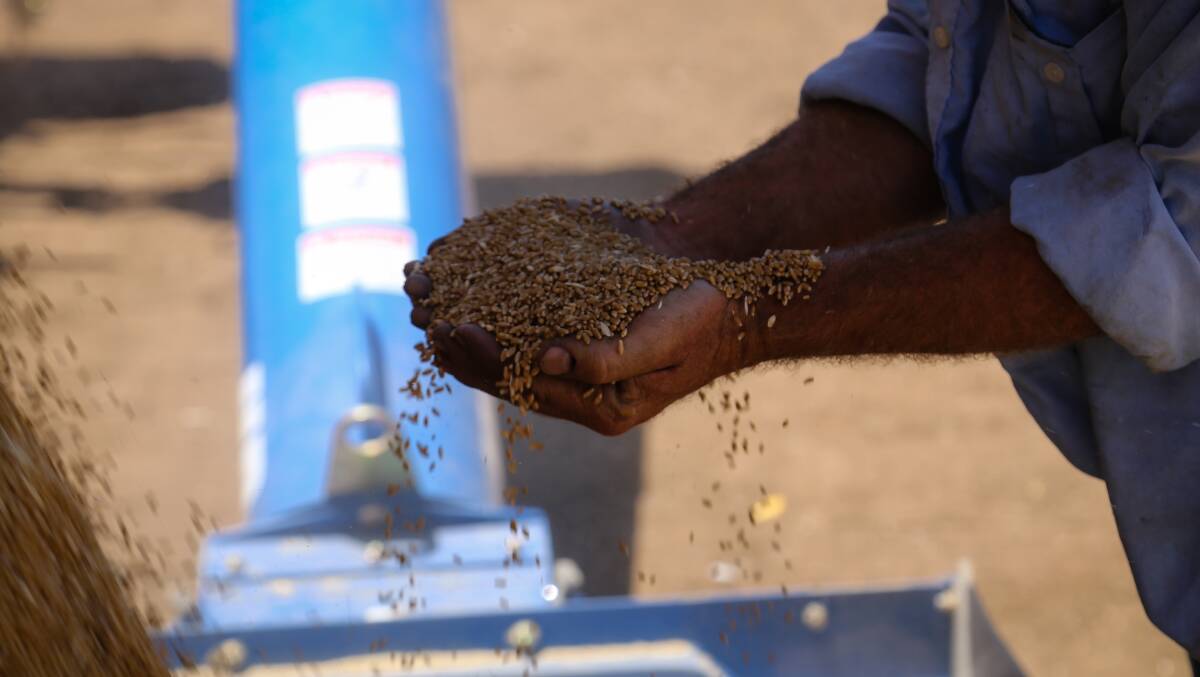
Continuous improvement is usually a goal of most farmers and knowing where to focus attention to achieve that improvement is the key.
Subscribe now for unlimited access to all our agricultural news
across the nation
or signup to continue reading
Improving production is the obvious area for most but improving labour efficiency or marketing can have as serious impact on the bottom line also.
For decades gross margins in dryland cropping and grazing hovered about a two to one ratio. For every dollar spent on variable or enterprise costs it usually gained two dollars in income.
With the improvement in prices in recent times the ratio has extended to three to one. The extra dollar of additional return has had a big impact on farmers bottom lines.
Across my five decades in agriculture, I have learnt expenses rise to meet income so the input costs are chasing the income curve.
After all we need to be producing income not buying it. High-cost structures increase risk and knowing how to offset that risk is critical to optimising profit.
The aim of any business person should be to gain the best possible return on their assets. It is ever so important to do this on the good years as this will offset the years where breakeven or losses are made.
During my consulting days, I had some benchmarks in my mind that enabled me to do quick calculations in my head.
The very best farmers I would be dealing with would achieve an income of about 20 per cent of the total asset value employed however the majority were in the 12-14pc range.
To place this in context, if the top farmer had $10,000,000 of assets employed in the business, a $2,000,000 income was the target. Very few achieved it but the best were not too far away.
If I was to apply a simple breakdown of the costs, I would allocate 35pc to enterprise costs, 20pc to overheads (including depreciation), 10pc to wages, 15pc to debt servicing. That left 20pc for capital expenditure, improved lifestyle and off farm investment.
Like most things in life, it is not a one size fits all when it comes to using benchmarks. There are differences between cropping and grazing.
The croppers have spent a lot of capital on machinery to replace labour so adjustments need to be made in both the depreciation and wages areas.
Most would realise the rainfall and the markets out of the farmers direct control, have the biggest impact on the final benchmarks for the year.
Many have dismissed the use of the system I have outlined because of the large impact rainfall and markets have on the final figures.
While good operators will always monitor costs, the cost of most interest should be the enterprise costs to income ratio.
This is where efficient use of expenditure dollars has the greatest impact on the bottom line.
The ones that get this right most times are the ones that understand and manage by the law of diminishing returns. They focus on optimum not maximum production and they achieve it on a regular basis.
When I would analyse a farm business, I was always keen to establish the cost percentages and, if out of my expected range for that type of business, it would usually lead me to a problem that needed addressing.
The trick was to know what adjustments needed to be made within the business and by how much and this usually comes with experience and wisdom. No two businesses are the same.
Farming is one of the unique industries where many variables are out of your control and learning how to best manage the variables is the domain of the very best farmers.
Start the day with all the big news in agriculture. Sign up here to receive our daily Stock Journal newsletter.

